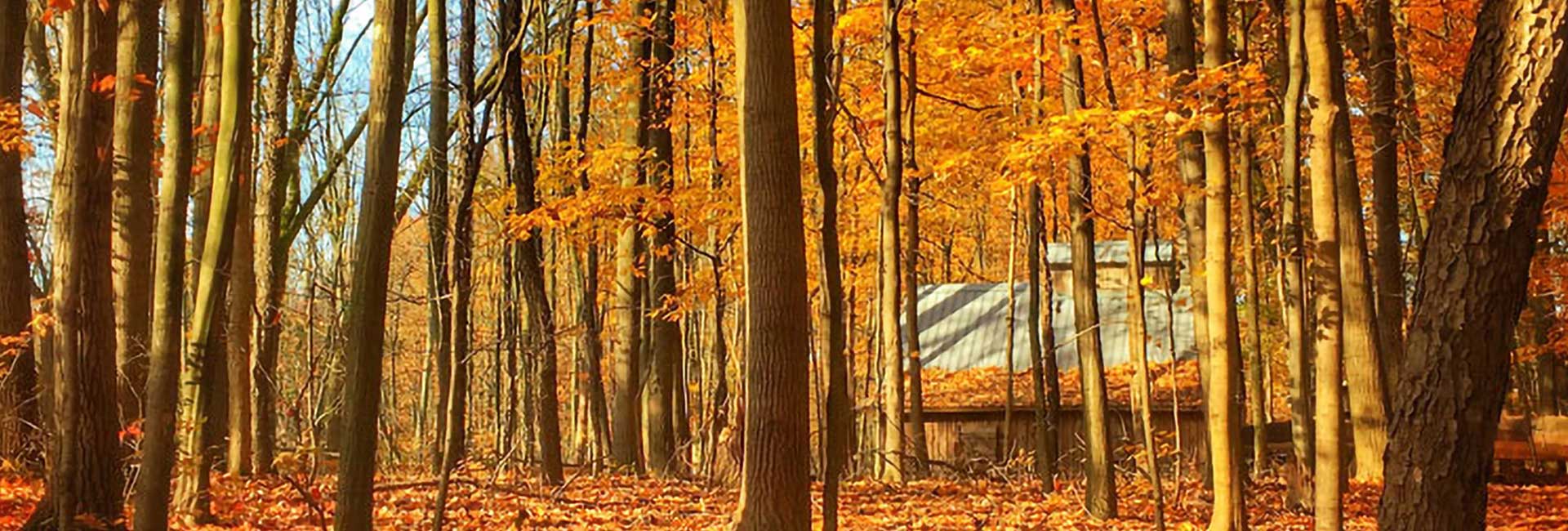If you’ve never shopped for gutter mesh or another gutter guard product before, you may be surprised to learn just how many options are out there.
Many people don’t realise it, but gutter mesh is anything but a one-size-fits-all.
Instead, different homes require different mesh, and that mesh comes in all sorts of shapes, sizes and materials.
Aper-what?
One particularly important difference between different types of gutter mesh is aperture.
“Aperture” refers to the size of the holes in your mesh, and is generally given in millimetres.
This hole size matters because (as you’ll soon see) different apertures are better suited to different environments and situations.
Leaf size & aperture
One principal factor affecting ideal aperture choice is leaf size.
Smaller leaves such as Poinciana or Jacaranda leaves fit into smaller spaces and gaps. Because of this, homes and buildings in areas where small leafed plants grow may require gutter mesh with a smaller aperture than those in an area where the smallest leaf you’re likely to encounter comes from Bamboo.
As keeping leaves out of gutters is one of the main reasons people install gutter mesh in the first place, it’s important to match your mesh aperture to your leaf size. This then helps to prevent related problems including clogged gutters and flooding.
Bushfire risk & aperture
Bushfire risks are another factor that can affect your mesh aperture options.
Australian Standard AS3959-2009 stipulates that in bushfire-prone areas, any gaps greater than 3mm in a new build home must be sealed by mesh with a maximum 2mm aperture (or other permitted materials). This helps to defend your home against ember attack (the entry of embers that can set your home alight from the inside-out).
Because of this, mesh that’s used as an ember guard on new homes in bushfire-prone areas must have a 2mm aperture or smaller.
Rain Harvesting & aperture
Anyone with a Rain Harvesting system should take the health of their system into account when selecting mesh apertures.
The goal of Rain Harvesting is to harvest cleaner rainwater and lots of it that can be stored in a tank and used around your property or home. Gutter mesh aperture determines which organic and non-organic materials will end up in your gutters – and thus in your Rain Harvesting system.
Because of this, smaller mesh apertures tend to be ideal for quality Rain Harvesting.
Be aper-sure
As you can see, when it comes to gutter mesh, size really does matter.
Getting it right means you can enjoy the peace of mind gutter mesh can bring. Getting it wrong, on the other hand… well, that’s another story.
If you’d like to be “aper-sure” and choose the most suitable aperture mesh for your home, use our Mesh Matcher tool today. Mesh Matcher asks 6 simple questions and uses your answers to recommend the right gutter mesh for your property so you can enjoy greater peace of mind. It’s quick and easy to use, so what are you waiting for?
Blanchi & Leonard, Investigation of Bushfire Attack Mechanisms Resulting in House Loss in the ACT Bushfire 2003, 2005
Standards Australia, Construction of Buildings in Bushfire-Prone Areas, 2009
